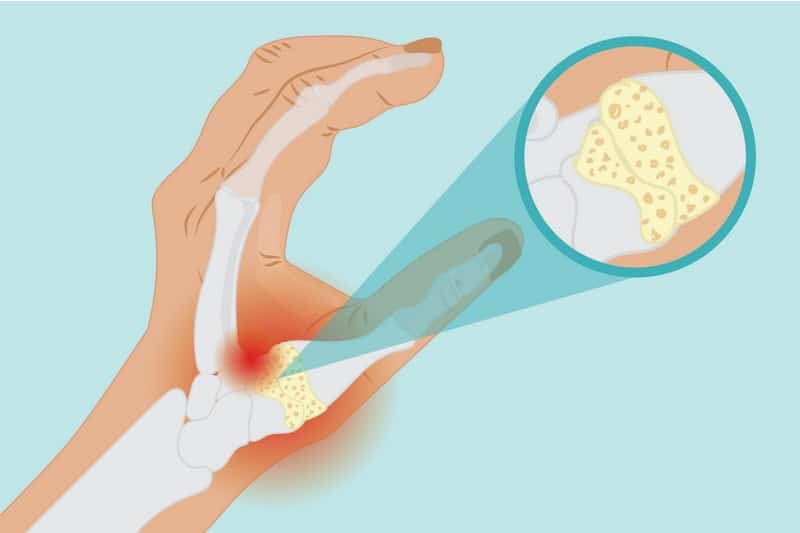The hands are made up of the wrist, palm, and fingers. The fingers assist the hands in gripping an object and forming precise movements, such as sewing and writing. Typically, there are five fingers attached to a hand. Each finger is called a digit, and these digits are important in executing daily activities. The first finger is called the thumb. The index finger, middle finger, ring finger, and the litter finger or pinky follow it. These are beneficial to the execution of the functions of the hand.
One of the most utilized fingers in the hand is the thumb. The thumb is also called pollex. This short, thick finger differs from the other fingers. The four fingers have three phalanges or tubular bones, while the thumb has only two. This gives the thumb the freedom to do movements as opposed to the other digits.
Sometimes, the thumb experiences pain due to several underlying health conditions. Its treatment varies depending on what’s causing the pain. Figuring out the cause is the best way to look after the thumb.
Basal Joint Arthritis

Basal joint arthritis or rheumatoid arthritis is a very common type of arthritis that attacks the part of the thumb near the wrist. It usually triggers when the cartilage, or the strong connective tissue, wears away from the bone ends that assist the base of the thumb. This condition often causes pain, especially when the fingers are moving, trying to pinch, and grab things.
Basal joint arthritis is also a popular name for thumb arthritis. Study shows that the non-dominant hand is more often affected than the dominant hand. This is because the dominant hand makes fine movements, while the non-dominant hand stabilizes things with the thumb. Researchers also concluded that the most important muscle in the hand is the muscle base of the thumb.
When pain occurs at the base of the thumb, it usually indicates that thumb arthritis may occur. Therefore, this pain is the first sign of thumb arthritis. Other symptoms of thumb arthritis are enlarged, bony-looking joint, limited range of motion, swelling, and tenderness. This condition may appear due to age and through an injury.










